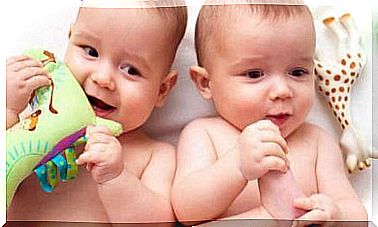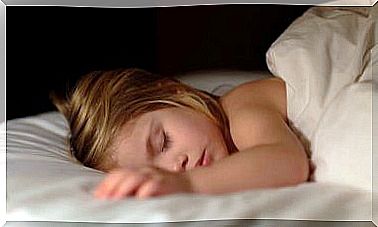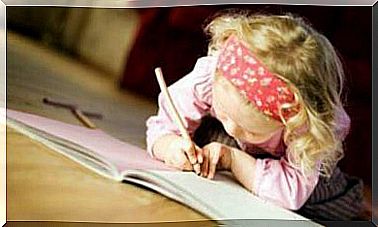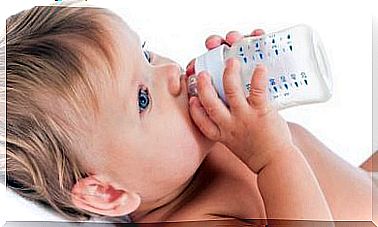Modeling Learning In Children
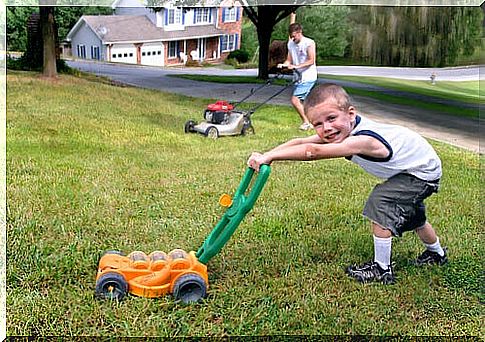
We have reiterated several times that example is the best way to educate and transmit values to children. With this basic premise, learning by modeling proposes to be based on a ‘mirror’ in which the child observes those attitudes he/she should adopt.
Modeling learning is also called vicarious or observational learning. Basically, it consists of teaching through their own behavior. This aspect is not typical of humans, but it can also be observed in many species of living beings.
It is very effective because, in the early years of life, individuals have not yet developed an idea of what is right or wrong. They also don’t know if a behavior is appropriate or not in a given context. So, observing and imitating the people around you is the best option to know how to proceed.
Adults must use this circumstance, learning by modeling, to educate as they wish. As a result, they will get an imitation of their customs and habits that can be identical or similar.
Types of Learning by Modeling
- Real-time modeling. It occurs when the model person is present at the place.
- Symbolic modeling. The model, in this case, is presented through audiovisual, written, oral transmission or through the imagination. For example, we can show a child the noble attitudes of their favorite superhero and adapt them to everyday life.
- Passive modeling. It consists of observing a certain conduct and carrying it out later. The difference is that, in this case, the model is no longer present when the action is played back.
- Participatory modeling. This type is often used by athletic trainers or instructors in other activities. It is about performing the action simultaneously with the model and, with its help, learning to do it for yourself.

Modeling Learning Steps
The steps to be followed for the child to absorb the behaviors, values and attitudes of a role model are as follows:
- It is necessary to choose who will be the person who will transmit the teaching to the child (for example, brushing teeth every night before bedtime).
- The model should perform the intended actions in the child’s presence, depending on the type of modeling learning chosen.
- If necessary, the person can highlight some important details and give directions on specific issues.
- You have to ask the child to pay attention and try to fix the procedure in your mind.
- So, it’s time to put it into practice. It is necessary to analyze whether the child gradually adopts the intended behavior. This is the time to make corrections if necessary.
- Furthermore, it must be considered that the child does not have to repeat the procedure exactly from the beginning. It may take some time for it to absorb and this usually happens progressively.

Beware of spontaneous actions
While it’s a good idea to consciously convey positive behaviors through examples, we should remember that children imitate everything. And with this we also refer to attitudes in situations of conflict, tension or nervousness.
As we know, these actions are not always thoughtful and correct. Therefore, parents should pay attention to the following moments:
- Don’t be disrespectful in arguments or conflicts at home or in public places.
- Apologize when you hurt someone else.
- Don’t offend anyone. This is one of the easiest addictions for children to acquire.
- Be understanding with others, including children, when they are wrong.
- Do not discriminate or make offensive comments about people who are different from you in all respects.
- Use the magic words: please forgiveness and thank you.
Without a doubt, learning by modeling benefits greatly from repetition. It is not the same thing to imitate punctual actions and actions that we see being performed every day.
This aspect is more clearly perceived in childhood and, at the same time, it gains more strength if the role model is an admired and respected person. Of course, parents, grandparents and siblings belong in this group.
So if you want your child to correct some behavior or adopt healthy habits, the best thing you can do is apply these changes in your life first.
The example is stronger than any punishment or reward. Although it takes time and a lot of patience, sooner or later the fruits will show up.


